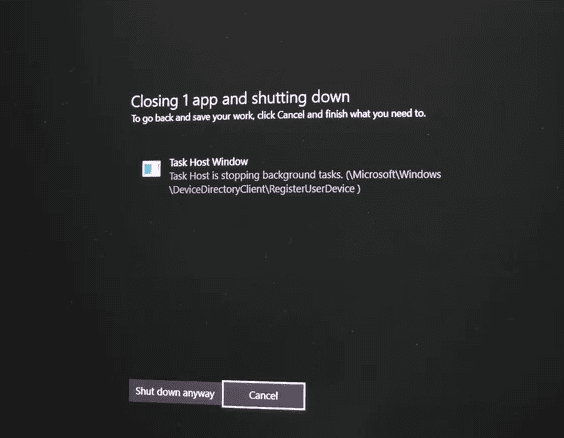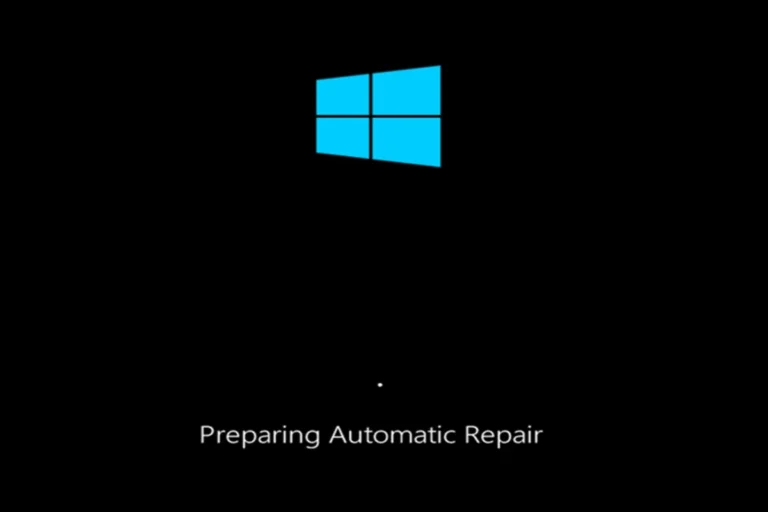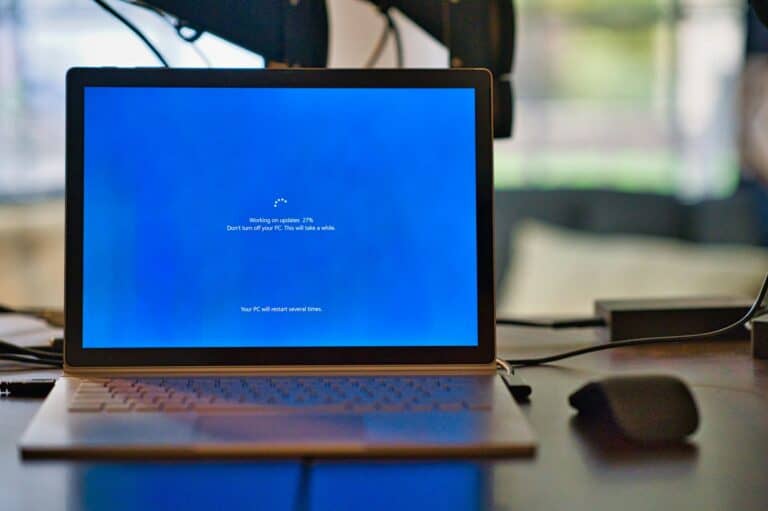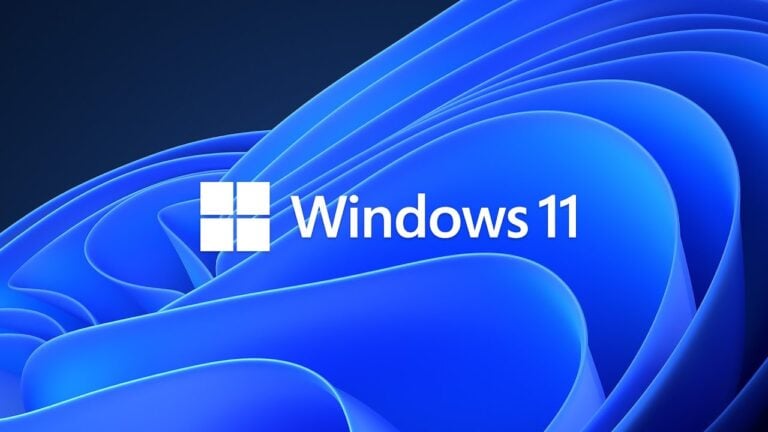If you’re trying to connect your Windows PC to an external display and see the message:
“Your PC can’t project to another screen. Try reinstalling the driver or using another video card.”
— don’t worry. This issue is common and usually related to graphics driver problems, incorrect display settings, or hardware connection issues. Below, we’ll walk through all the proven solutions.
⚙️ 1. Check Physical Connections
Before diving into software fixes, ensure your hardware is properly connected:
- HDMI / DisplayPort / VGA cable: Make sure the cable is firmly plugged into both your PC and the monitor or TV.
- Ports: Try a different port on your PC or display if available.
- Cable test: Swap cables to rule out a faulty one.
- Monitor input: Confirm your monitor is set to the correct input source (e.g., HDMI 1, DisplayPort, etc.).
🧩 2. Reinstall or Update Your Graphics Drivers
Corrupted or outdated graphics drivers are the most common cause of this error.
Steps to reinstall your driver:
- Press Windows + X → select Device Manager.
- Expand Display adapters.
- Right-click your GPU (e.g., Intel UHD, AMD Radeon, NVIDIA GeForce) → choose Uninstall device.
- Check Delete the driver software for this device → click Uninstall.
- Restart your PC.
- Windows will reinstall the default display driver automatically.
Alternatively, visit your GPU manufacturer’s website to manually download and install the latest driver:
(Sources: The Windows Club, Next of Windows)
🔄 3. Use the Correct Projection Mode
Sometimes, the projection mode is set incorrectly.
To adjust it:
- Press Windows + P to open the Project menu.
- Choose one of the following options:
- Duplicate – show the same screen on both displays.
- Extend – use the second screen as an extra workspace.
- Second screen only – use only the external display.
If the menu doesn’t appear or doesn’t work, your display driver might still be malfunctioning — go back to Step 2.
🧰 4. Run the Hardware and Devices Troubleshooter
Windows includes a built-in troubleshooter that can automatically detect and fix display-related issues.
To run it:
- Press Windows + R, type:
msdt.exe -id DeviceDiagnostic - Press Enter and follow the on-screen instructions.
🔌 5. Check Display Settings in Windows
Make sure Windows recognizes your second display:
- Go to Settings → System → Display.
- Click Detect under “Multiple displays.”
- If your second monitor appears, configure its resolution and orientation as needed.
🧱 6. Update Windows
Outdated system files can interfere with display functionality.
To update:
- Press Windows + I → Windows Update.
- Click Check for updates and install any available patches.
- Restart your PC afterward.
💡 7. Try Another GPU or Adapter
If your PC has both integrated and dedicated graphics (common in laptops), the issue could be tied to one GPU.
Try this:
- In Device Manager, disable one GPU temporarily and test the other.
- If you’re using a docking station or adapter (USB-C to HDMI, etc.), test with a direct connection instead.
If the problem persists, your video card or adapter may be faulty.
🧼 8. Reset or Reinstall Windows (Last Resort)
If none of the above steps work, consider resetting Windows:
- Go to Settings → System → Recovery.
- Under Reset this PC, click Get started.
- Choose Keep my files (to preserve personal data).
This will reinstall Windows and fix deeper system-level issues.
✅ Final Thoughts
The “Your PC can’t project to another screen” error almost always points to a driver or connection issue. Start by reinstalling your display driver and checking cables — these two steps solve the problem for most users.
If you still face issues after trying all methods, it might indicate a hardware fault in your GPU or display adapter that requires professional repair or replacement.
References:
- The Windows Club – Your PC can’t project to another screen
- MakeUseOf – How to Fix “Your PC Can’t Project to Another Screen” Error
- Microsoft Q&A – This PC can’t project to another screen
- Next of Windows – Top Fixes for “Your PC Can’t Project to Another Screen”
- Windows Report – Your PC Can’t Project to Another Screen: 5 Ways to Fix It







